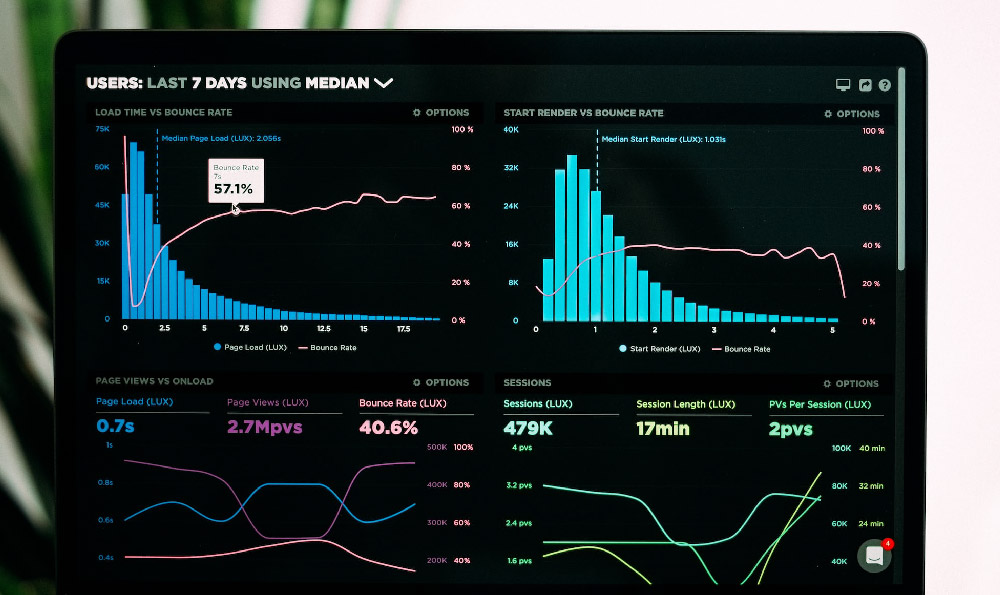LinkedIn, the ubiquitous professional networking platform, has become an indispensable tool for job seekers, recruiters, and businesses alike. But how does this platform, offering so much seemingly free value, actually generate revenue and turn a profit? Understanding LinkedIn's diverse revenue streams provides valuable insight into its business model and its continued growth trajectory.
Talent Solutions: The Recruitment Powerhouse
The cornerstone of LinkedIn's revenue lies in its Talent Solutions segment. This area focuses on providing tools and services to recruiters and hiring managers. Its primary offering is LinkedIn Recruiter, a subscription-based platform that grants access to a vast database of potential candidates. Recruiters can use advanced search filters to pinpoint individuals with specific skills, experience, and location, streamlining the hiring process.

LinkedIn Recruiter isn't just a search engine; it offers a suite of features designed to manage the entire recruitment lifecycle. Recruiters can track candidate interactions, send personalized messages, and even collaborate with their team members within the platform. This comprehensive approach makes LinkedIn an invaluable resource for companies looking to fill open positions efficiently and effectively.
Beyond LinkedIn Recruiter, the Talent Solutions segment includes job postings. Companies pay to list their job openings on the platform, reaching a wider audience of potential applicants. Premium job postings offer enhanced visibility, appearing higher in search results and attracting more attention.
Furthermore, LinkedIn offers advertising solutions within the Talent Solutions segment, allowing companies to promote their employer brand and attract passive candidates. This helps them build a pipeline of talent even when they don't have immediate openings. This aspect taps into the growing trend of employer branding, where companies actively cultivate a positive image to attract top talent.
Marketing Solutions: Reaching a Professional Audience
LinkedIn's Marketing Solutions segment provides businesses with a platform to reach a highly targeted professional audience. Unlike social media platforms that cater to a broad range of interests, LinkedIn's users are primarily focused on career development and industry-related content. This makes it an ideal environment for businesses to connect with potential customers, partners, and thought leaders.
The core offering within Marketing Solutions is LinkedIn Ads. Businesses can create various types of ads, including sponsored content, text ads, and video ads, to promote their products, services, or brand. The platform's sophisticated targeting capabilities allow advertisers to reach specific demographics, job titles, industries, and even skill sets. This precision targeting ensures that ads are shown to the most relevant audience, maximizing their impact and return on investment.
LinkedIn Ads can be used for a variety of marketing objectives, such as generating leads, driving website traffic, and increasing brand awareness. The platform provides detailed analytics and reporting tools, allowing advertisers to track the performance of their campaigns and optimize them for better results.
Beyond traditional advertising, LinkedIn offers sponsored InMail, which allows businesses to send personalized messages directly to the inboxes of LinkedIn members. This can be an effective way to reach a highly targeted audience with a tailored message. However, it's crucial to use sponsored InMail responsibly and avoid sending spammy or irrelevant messages.
Sales Solutions: Empowering Sales Professionals
LinkedIn's Sales Solutions segment focuses on providing tools and resources to sales professionals to help them identify, connect with, and engage potential customers. The primary offering within this segment is Sales Navigator, a subscription-based platform that provides access to advanced search filters, lead recommendations, and sales insights.
Sales Navigator helps sales professionals identify the right prospects by allowing them to search for individuals based on their job title, industry, company size, and other criteria. It also provides lead recommendations based on the user's existing connections and activity on the platform.
The platform also offers valuable sales insights, such as company news, job changes, and other events that may indicate a potential sales opportunity. Sales professionals can use this information to personalize their outreach and build stronger relationships with prospects.
Sales Navigator integrates with CRM systems like Salesforce and Microsoft Dynamics 365, allowing sales professionals to seamlessly manage their leads and track their progress. This integration streamlines the sales process and improves efficiency.
Premium Subscriptions: Enhanced User Experience
LinkedIn offers various premium subscription tiers that provide users with enhanced features and benefits. These subscriptions cater to different needs, such as job seeking, career development, and professional networking.
LinkedIn Premium Career, for example, is designed for job seekers. It provides access to additional job search filters, insights into salary ranges, and the ability to directly message recruiters. It also allows users to see who has viewed their profile, giving them valuable insights into potential employers.
LinkedIn Premium Business is geared towards professionals who want to expand their network and generate leads. It provides access to advanced search filters, unlimited people browsing, and the ability to save profiles as leads.
LinkedIn Sales Navigator Professional is a higher tier tailored to sales professionals, and discussed above. LinkedIn Recruiter Lite is a stripped down version of LinkedIn Recruiter, and a lower tier, which makes it more accessible to individuals and smaller companies.
Learning Solutions: Investing in Skills Development
LinkedIn Learning (formerly Lynda.com) is an online learning platform that offers a vast library of courses on a wide range of topics, including business, technology, and creative skills. This segment contributes to LinkedIn's revenue through subscription fees. LinkedIn Learning helps professionals stay up-to-date with the latest industry trends and develop new skills, making them more valuable to their employers.
By offering a diverse range of courses and learning paths, LinkedIn is positioning itself as a valuable resource for lifelong learning and career development. The integration of LinkedIn Learning with the platform allows users to seamlessly access courses and track their progress.
Conclusion: A Diversified and Growing Business Model
LinkedIn's success lies in its diversified revenue streams, each catering to specific needs within the professional ecosystem. From Talent Solutions to Marketing Solutions and Sales Solutions, the platform provides valuable tools and resources to businesses and professionals alike. The company's continued investment in new features and technologies, combined with its vast network of users, positions it for continued growth and profitability in the years to come. Its ability to adapt to the ever-changing landscape of the professional world is what makes LinkedIn such a valuable and profitable platform.












